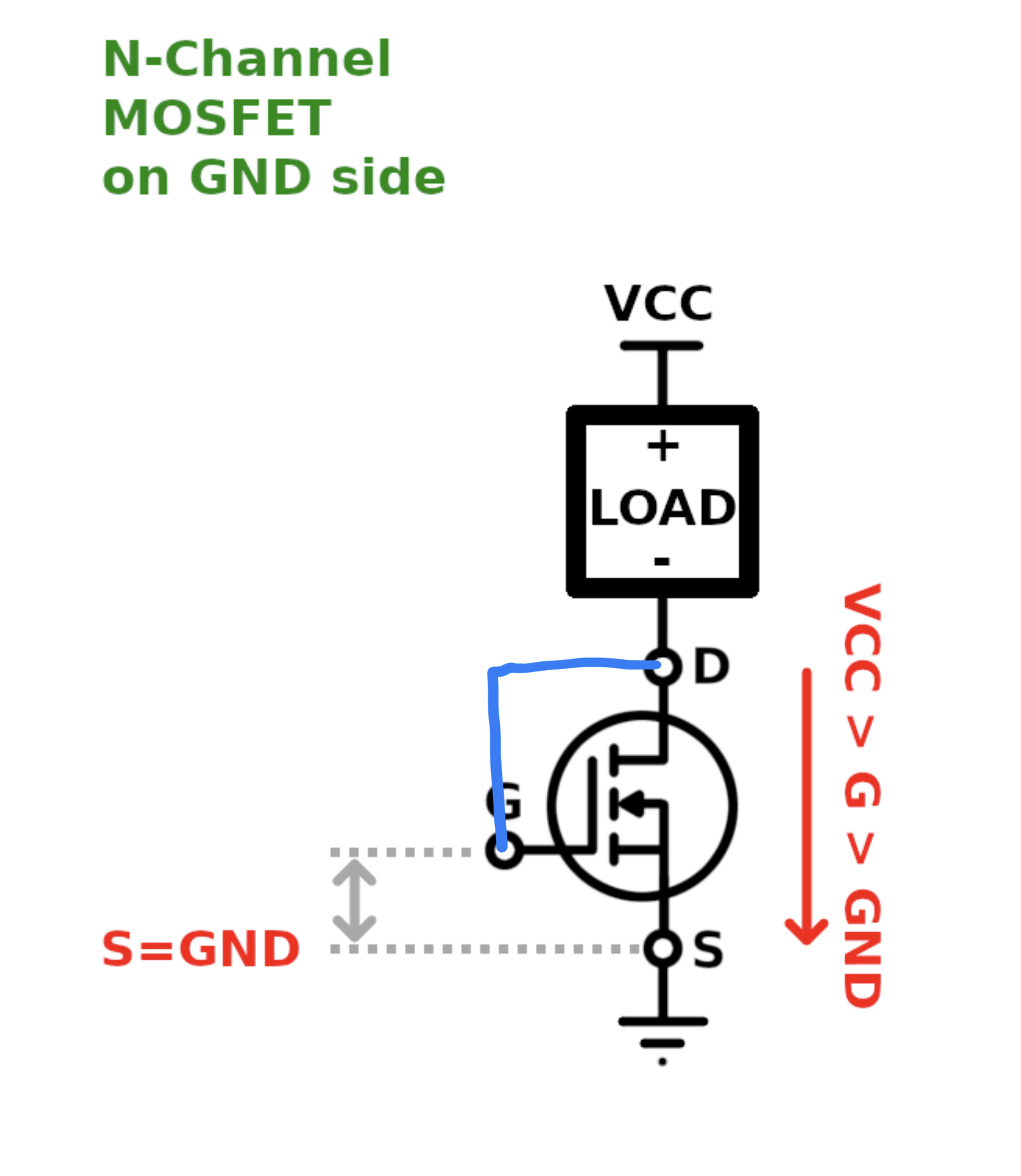with kind regaurds, ermm google is not your friend, really isnt, when your fresh in and some one starts handing out encrypted answers that can only be construed as an in house joke on the question asker, it dont help, to finish them off hand them the ‘schematic’ that ‘represents’ a circuit…the very circuit that isnt quite like the schematic because the schematic is in a short hand you have learn, not only that but theres several versions of the shorthand…as a beginner yu fubar’ed before you start.(hell…the manufacturers data sheet even gives you the ‘ideal equation’ tut. fu yu impleton…hmm yes ’the ideal op op amp…now do the math? oh yeah you dont have the degree do you? ner ner nu ner ner…hmmm? this is how comes across when you dont know.(and its why yu dont know).
now add the maths in ‘as everbody already knows ’f’ over the delta of rainbow up yu bum is the derivative of misunderstanding some one purposely to miss out what Q is…as you could not work the other variables because theyre not known you’d be the genius of the century if you could actually work out exactly which of the two unknown variables they actually were and not just the infinite amount of possibilities’ which of course equals? (apart from expecting a total newbie to instantly recognise nobel prize leval maths/theories the universe and everything not no ones done before)
answer = we not telling you.
du dahh…it’s an insult to some ones intelligence(respectfully…but ehh…when yu dont know telling them on a basis of everybody else already naturally knows is bullying m8…).
this was a ‘posative feedback’ and not a personality assassination attempt btw…lol…sy…but ehh…it’s a two year cycle to catch up to the early stages of electronic competencies. Often thwart with insult after insult after power crazed moran sending yu the wrong way at every opportunity.(thats the really difficult bit…psychically predicting yet another second guess.)
thats how it feels asking a question on a forum. thats why most just dont bother asking…sheesh in electronics if you read the name it NEVER does what it sounds like does it? lol…
i mean? what would happen if some one drew a diagram in ‘paint’ posted it up…theres the answer…?? would it really hurt? just asking like…
lovly piccy btw…answered everything lol. (hu?).
who’s got the balls to accurately explain what n why a voltage divider, then carry it through to op ops etc, or even point out a series of varients of the same transistor circuits that get called 15 different things as you change the ware abouts of the very same components? i.e. nar its a saw tooth signal lol…hu? i thought i was filtering it?? lol…it’s bigger than yu think, and gets way too complex way to fast when bits of info are missing, and yu getting flack cuz you the dumb arse…ehhhh what ever, i havnt got the teaching skills to do it…
disclaimer; no budgies were hurt or promoted, nor received payments for this ‘try and point it out’ peace.( i just probably got extro-cav-aited outa the convo over it though…)


